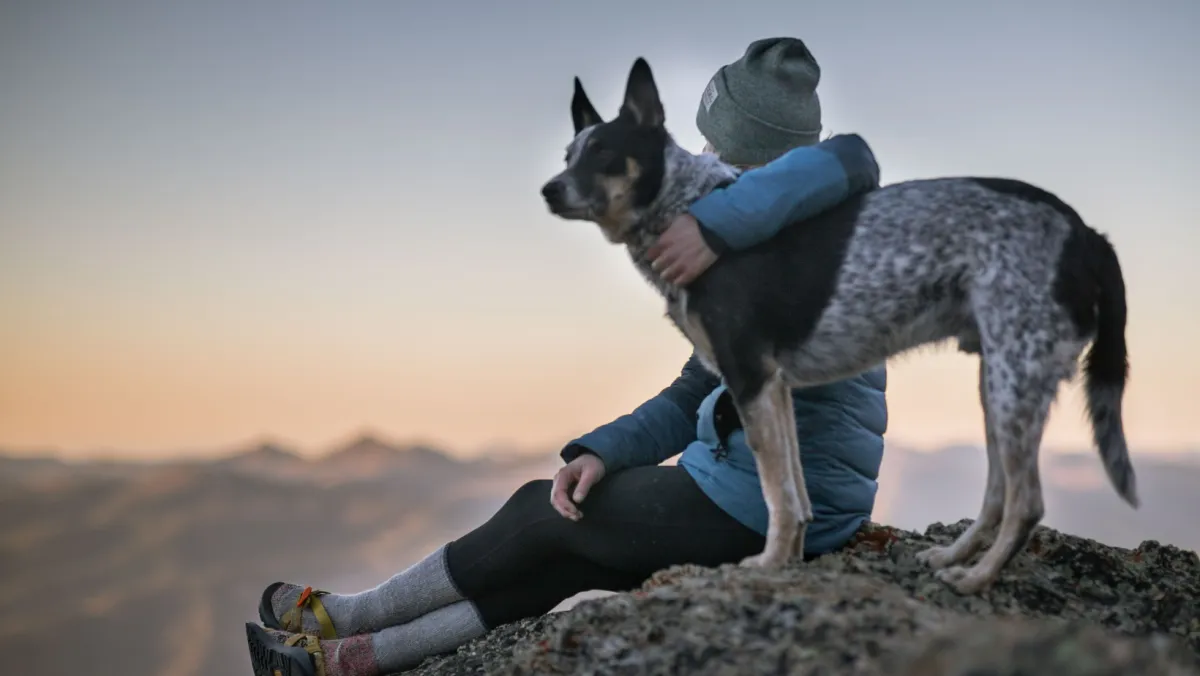PAWSITIVE PET PODCAST
Pawsitive Pet Adventures: Lessons from Pet Heroes

Past Blogs

Hero Hound Training: Emergency Response and Life-Saving Techniques for Dogs
“Symptoms include pale gums, rapid heartbeat, and weakness.” - Aaron
Introduction:
Welcome to "Hero Hound Training," where we empower you with the knowledge and skills to effectively respond to canine emergencies. Understanding how to react in urgent situations can be the difference between life and death for your furry friend. Being prepared can ensure you respond swiftly and effectively, minimising risks and providing the best care possible until professional help is available.
1. Canine CPR (Cardiopulmonary Resuscitation)
Recognizing Cardiac Arrest: Cardiac arrest can occur suddenly in dogs due to a variety of reasons such as drowning, electric shock, or trauma. Signs to look for include unresponsiveness, lack of breathing, and no detectable heartbeat. Knowing how to check your dog's pulse can be critical. The easiest place to locate the pulse is the femoral artery in the groin area.
Performing CPR: CPR for dogs involves chest compressions and rescue breaths. The technique varies based on the size and breed of the dog:
Small Dogs (under 30 pounds): Use one hand to compress the chest at a rate of 100-150 compressions per minute.
Medium to Large Dogs: Place both hands over the widest part of the chest and compress 80-120 times per minute. Always ensure the airway is clear by pulling the tongue forward and checking for obstructions.
CPR should be continued until the dog starts breathing or professional help arrives.
2. Choking Management
Identifying Choking: Dogs can choke on various objects like small toys, bones, or food. Signs of choking include difficulty breathing, gagging, excessive pawing at the mouth, and blue or pale gums.
Intervention Techniques: If a foreign object is visible in the dog’s mouth, use pliers or tweezers to carefully remove it without pushing it further down the throat. For objects lodged deeper, you may perform the Heimlich maneuver by applying firm, quick pressure to the rib cage or by placing the dog on its side and striking the side of the rib cage firmly.
3. Handling Bleeding and Wounds
Assessing the Severity: Not all wounds require the same level of urgency. Minor cuts may only need cleaning and a bandage, while deep lacerations or arterial bleeding (where blood spurts with each heartbeat) can be life-threatening and require immediate action.
First Aid for Wounds: Clean the wound with saline or clean water to remove debris. Apply firm pressure with a clean cloth or bandage for at least 10 minutes to control bleeding. Avoid using a tourniquet unless absolutely necessary, as it can cause further damage to the limb. Once bleeding is controlled, apply a non-stick bandage and seek veterinary care.
4. Shock Management
Recognising Shock: Shock can occur from severe blood loss, trauma, or poisoning. Signs include pale gums, rapid heartbeat, shallow breathing, and a weak pulse.
Immediate Care: Keep the dog warm with a blanket and calm them to prevent further stress. Elevate the dog’s hind legs slightly to promote blood flow to vital organs and seek immediate veterinary assistance.
5. Heatstroke Prevention and Care
Preventing Heatstroke: Dogs are prone to heatstroke, especially in hot climates or if left in cars. Breeds with thick fur or short snouts (like Bulldogs or Pugs) are at higher risk. Signs of heatstroke include heavy panting, drooling, vomiting, and a rapid heart rate.
Emergency Response: Move the dog to a cool area immediately. Wet them with cool (not cold) water, especially on the paws, belly, and neck. Use a fan to help cool them down, and offer small amounts of water. Avoid using ice-cold water as it can cause shock.
6. Seizure Management
Identifying Seizures: Seizures can manifest as uncontrolled twitching, paddling of the legs, drooling, or loss of consciousness. They can be caused by various factors, including epilepsy, poisoning, or head injury.
During a Seizure: Keep the dog away from sharp objects or furniture that could cause injury. Do not try to hold the dog down or put anything in its mouth. Once the seizure ends, keep the dog calm and seek veterinary advice, especially if it’s a first-time occurrence or the seizure lasts longer than a few minutes.
7. Poisoning Response
Common Toxins: Common household items like chocolate, certain plants, medications (such as ibuprofen), and even some foods (like grapes, onions, or xylitol) can be toxic to dogs.
Immediate Actions: If you suspect poisoning, try to identify the substance ingested and the amount. Call your veterinarian or poison control centre immediately for guidance. Do not induce vomiting unless specifically instructed, as some substances can cause more damage when vomited.
8. Fracture and Injury Immobilisation
Assessing Injuries: Fractures can be suspected if there is an obvious deformity, inability to use a limb, or severe pain. Be cautious when handling an injured dog to avoid getting bitten.
Immobilisation Techniques: Muzzle the dog to prevent bites. For a limb fracture, wrap the leg in cotton padding, then use a rigid item like a rolled-up newspaper or splint that extends beyond the joints above and below the fracture. Secure it with tape without cutting off circulation. Transport the dog carefully to the veterinarian.
Conclusion
While these techniques are vital, they are not a substitute for professional veterinary care. Regular practice and refreshment of these skills are crucial for being an effective first responder in your pet's time of need.
For a comprehensive understanding and hands-on training in canine first aid, we recommend seeking detailed resources or professional courses that provide practical scenarios. Being prepared ensures you can be the hero your dog believes you to be in their time of need.
By Aaron Nauta
Director, First Aid Trainer and Pet Advocate at Pawsitive Pet First Aid Training
Copyright Seos 2019 -- All Rights Reserved
We’re on a mission to build a better future where technology creates good jobs for everyone.
Call 03 8364 8984
Email: Hello@pawsitivepet.com.au
Site: www.pawsitivepet.com.au


Facebook
Instagram
LinkedIn
Youtube